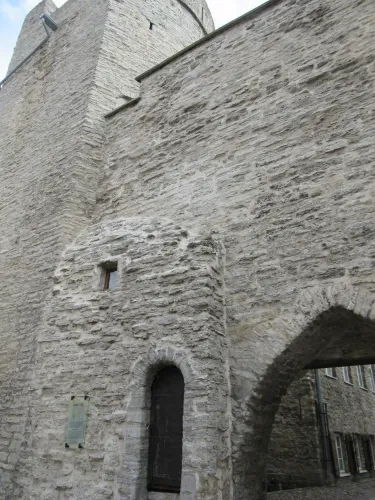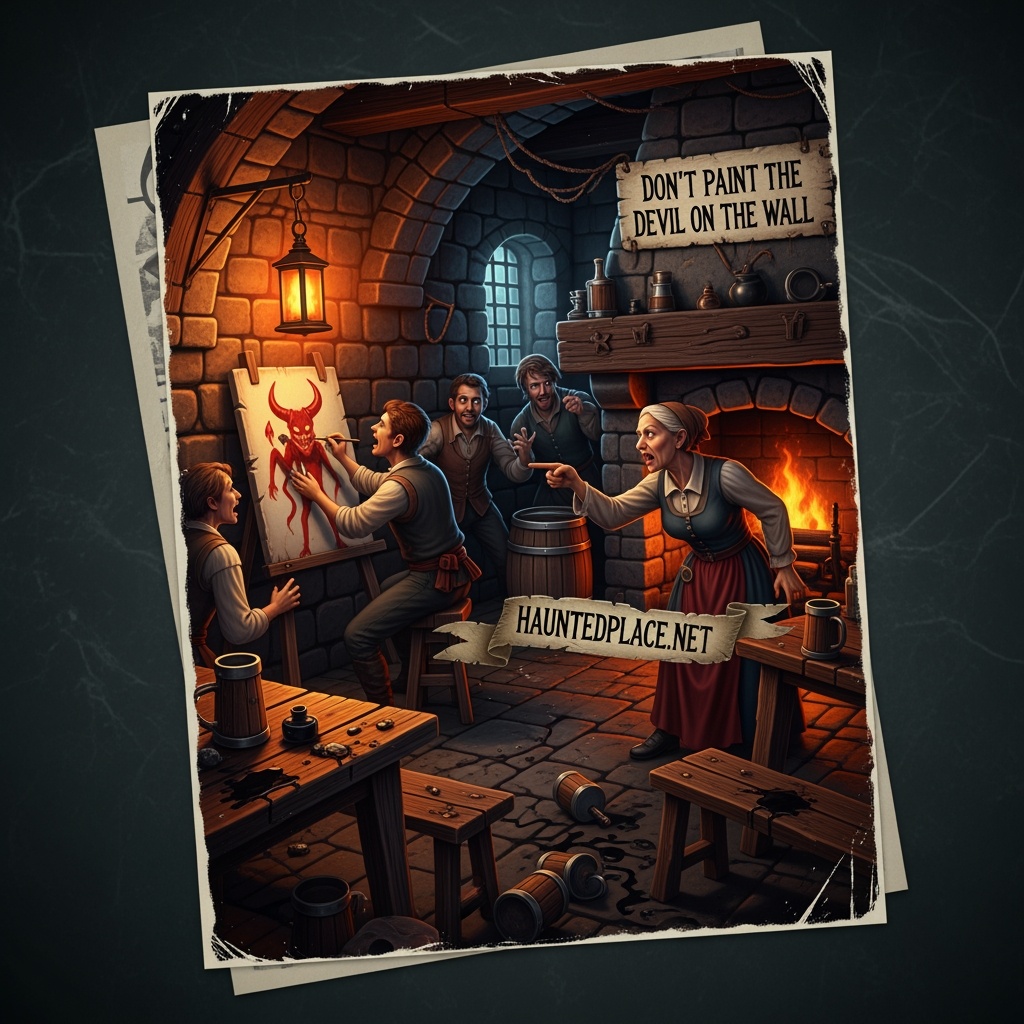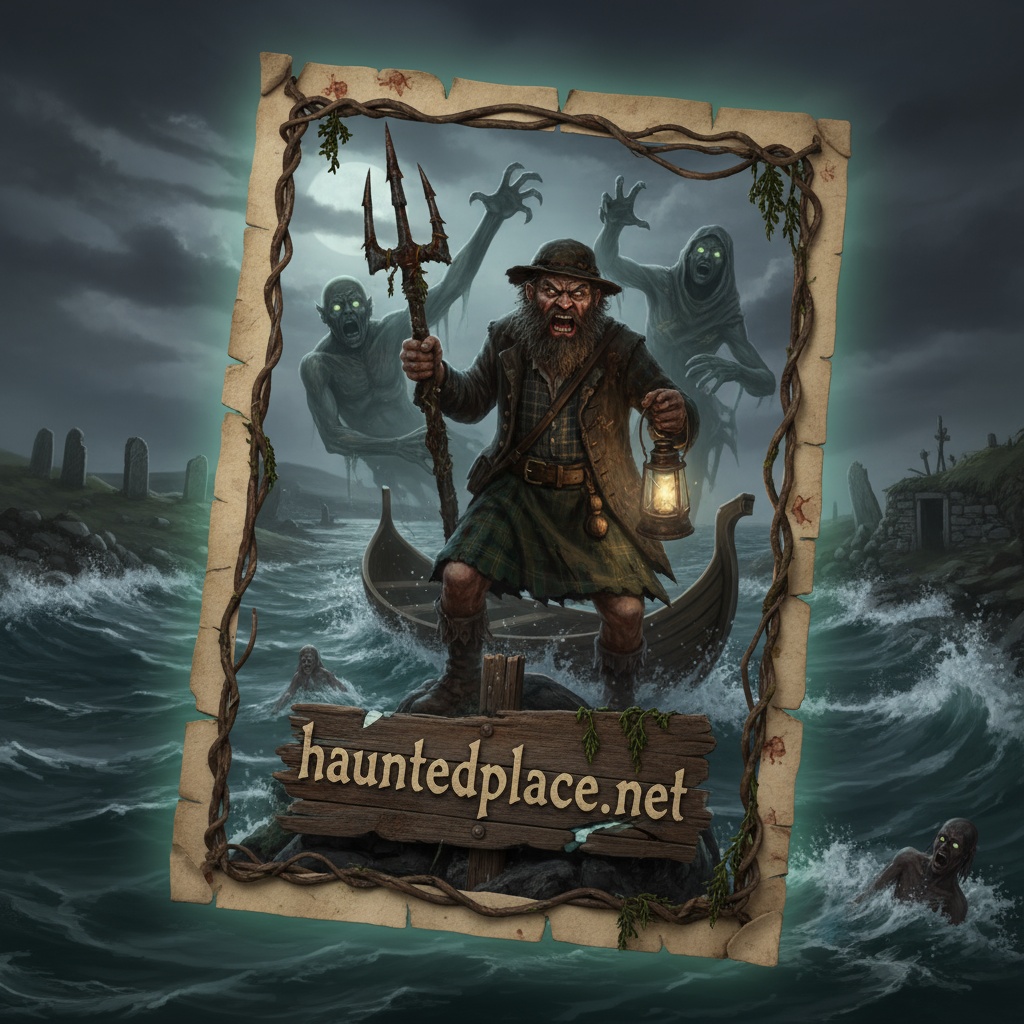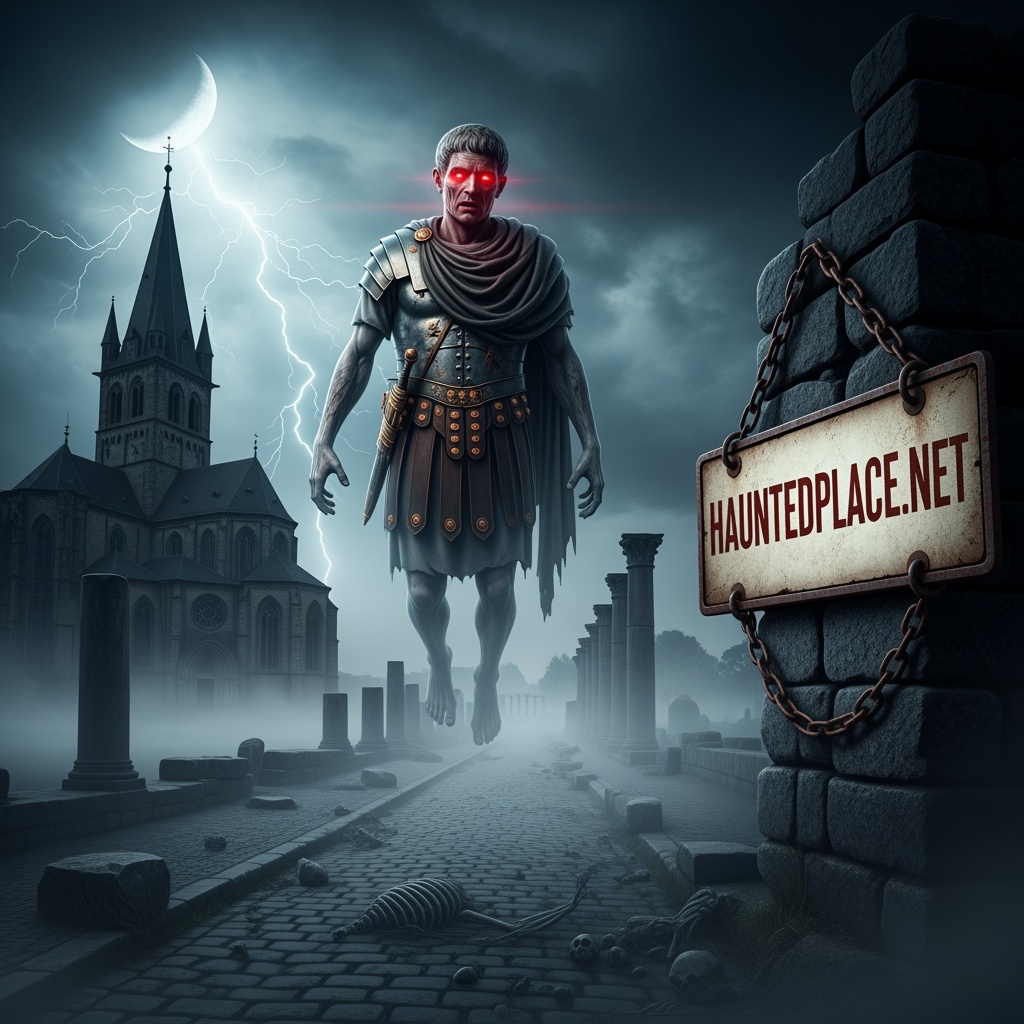
Estonia, with its rugged landscape of moors and forests, is considered a land steeped in legend, whose many myths are part of the Estonian folk heritage. One of these myths tells of the Devil’s Path. It was a night when the moon was pale and hidden behind clouds. The wind carried the sound of waves crashing against the rugged coast of Vikkuri. About five kilometers from Mahu Harbor lay Vanapagana Road, a mysterious pile of stones leading straight into the Black Water and known as the Devil’s Path. The locals spread stories about this place, filled with horror and superstition, and everyone who passed by felt the gloomy aura that enveloped it. At night, when the moon changed color and shadows flitted through the trees, the foolish devil came into play. No one saw him working, no one heard his laborious breathing, but every morning the villagers found the headland a little longer, as if it had been brought to life by the sea itself. It was said that he secretly collected the stones in his apron, again and again, until Finland was finally reached. The legends told of the countless nights when the devil carried the stones like a possessed bricklayer. His hands were rough from the effort and his heart heavy with the knowledge that he had a task that was beyond his will. But then came the morning when everything was different. The headland had not grown longer; it was still as short as it had been the day before. The old legend had changed, and with it came misfortune. Rumors circulated that the grinning devil’s apron strap had torn while he was balancing a particularly heavy stone. It fell on his toe, and his anger was uncontrollable. From that moment on, the foolish devil stopped building the bridge. The curse of the unfinished hung over the road, and with it the horrors that night brought. The villagers, now filled with the ghostly sounds of unfinished work, began to avoid Vanapagana Road. They spoke of whispering voices, creeping footsteps, and the feeling that someone was on their heels. It was as if the spirits of the stones that had never found their place were calling out to the living in the darkness. It was said that the foolish devil, angry and frustrated, had been guarding his unfinished work ever since. One night, as a storm swept over Vikkuri, a lone fisherman ventured along the path. The wind whistled and howled, and the waves crashed furiously against the shore. Suddenly, the fisherman heard a deep, throaty laugh that seemed to come from the shadows of the stones. He stopped, his heart pounding in his throat as he looked at the row of stones. Every step he took back seemed to intensify the darkness. It was as if the stones had come to life, as if they were trying to hold him back. Just as he was about to turn back, he saw a figure floating in the spray of the waves. It turned out to be the stupid devil himself. His face was scarred and shadowy, his eyes glowing red in the darkness. He didn’t say a word, but the fisherman felt the anger that permeated him like a cold breath. The air around him became heavy, and the scent of wet stone and old decay filled his lungs. In a panic, the fisherman ran away, his footsteps echoing across the stones as the devil’s laughter faded behind him. Behind him, the image of the devil was etched forever, his face a mask of rage, and the shadows of the rocks seemed to move as he fled. From that day on, the fisherman never spoke of Vanapagana Road again, and the other villagers stayed close to their fires, telling stories about the power of the devil. Time passed, and the legend of the foolish devil turned into a warning. On nights when the waves were particularly high, one could sometimes hear the clinking of stones being pushed across the path, as if the devil wanted to continue his work. It was said that he would not leave this earth until his connecting bridge was finally completed. But people avoided the place, knowing that unfinished work always remains restless. So the stone path remained unfinished, a memorial to the wrath of a devil who watched over the centuries. The villagers lived in the shadow of this horror, determined never to awaken the wrath of the foolish devil again. And at night, when the moon disappeared behind dark clouds, darkness closed in around the devil’s path, taking its secrets with it into the unknown. This legend of the foolish devil has been passed down from generation to generation and is an integral part of Estonian folklore.









